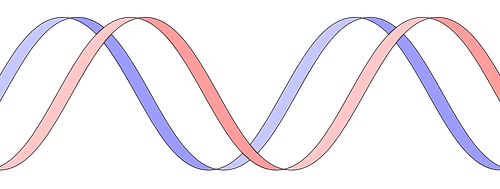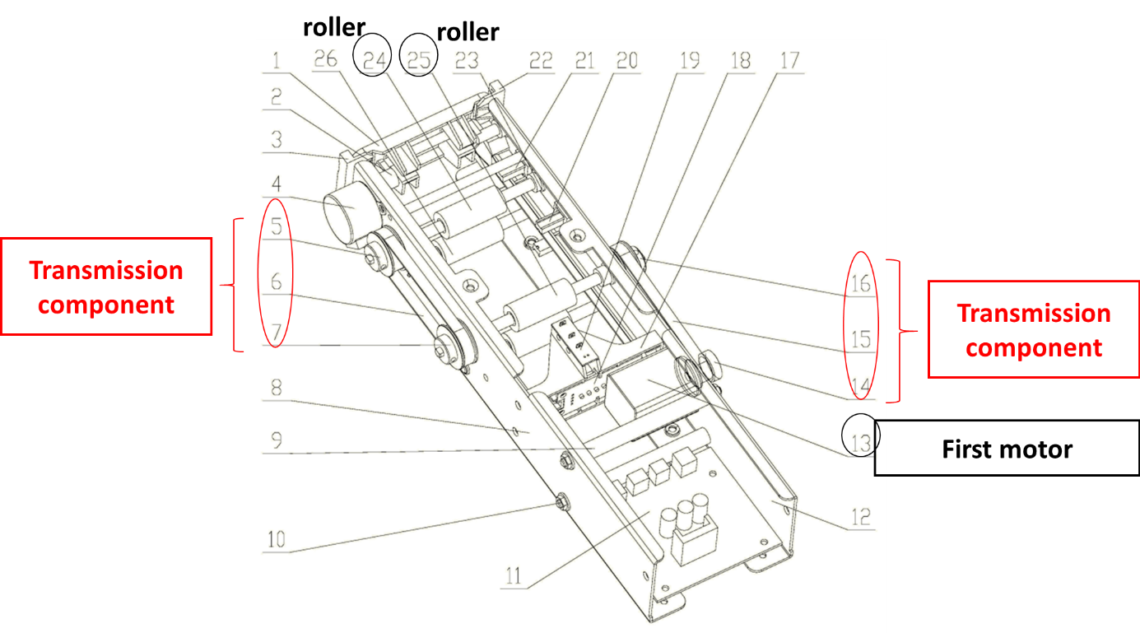On 28 Feb 2022, China’s Supreme People’s Court (SPC) issued its annual “Judgment Digests”, which includes a list of “48 typical cases” highlighting representative SPC decisions in 2021. The Judgment Digests help us understand more about the SPC’s judicial ideology, trial concepts, and adjudication methods in dealing with difficult and sophisticated legal issues as well as new types of IP cases in high tech fields. This case was one of the 48 “typical” cases and deals with how to determine infringement for claims covering biological deposits [1]. Case Background summary FengKe (上海丰科生物科技股份有限公司) is a Shanghai company owning a patent (201310030601.2) claiming a particular white mushroom fungal strain. The patent only…
- Biotech, China, Court Cases, Courts, Patent Law, prosecution, Supreme People's Court, Top 50 Representative Cases
-
Narrow Claim Scope of a Chinese Utility Model Patent Fuels Design-Arounds by Failing to Curb Competing Products:
Learning from a 2019 China’s Top 50 Representative IP Case The number of patent applications in China is now the highest in the world, with more than half the applications filed as utility model applications (UMs). For example, there were more than 2 million UMs filed in 2018 alone (for the difference between a utility model and an invention patent in China, see here). However, less than 1% are filed by foreigners[1]. This reflects the lack of appreciation on the part of many foreign companies of what protection UMs can confer, and there is a general misunderstanding that UMs are by definition poor in quality. This misconception is fueled by…
-
How Far Can an Employer Reach to Own Employee-made “Service Inventions”?
2019 China’s Top 50 Representative IP Cases Shenzhen Weibang Technology Co. Ltd v. Li Jianyi & Shenzhen Yuancheng Intelligence Equipment Co. Ltd (2019最高法民申6342号) Each year in China there are hundreds of disputes over patent ownership. A significant part of them are related to “Service Inventions”, which are defined in Article 6 of the Chinese Patent Law as any invention made by an employee (1) in the course of performing the employee’s duties or (2) mainly by using the materials or technical means of the employer. Under Chinese patent law, these inventions automatically belong to the employer. No separate assignment or employment agreement needs to be in place. Article 12 of…







